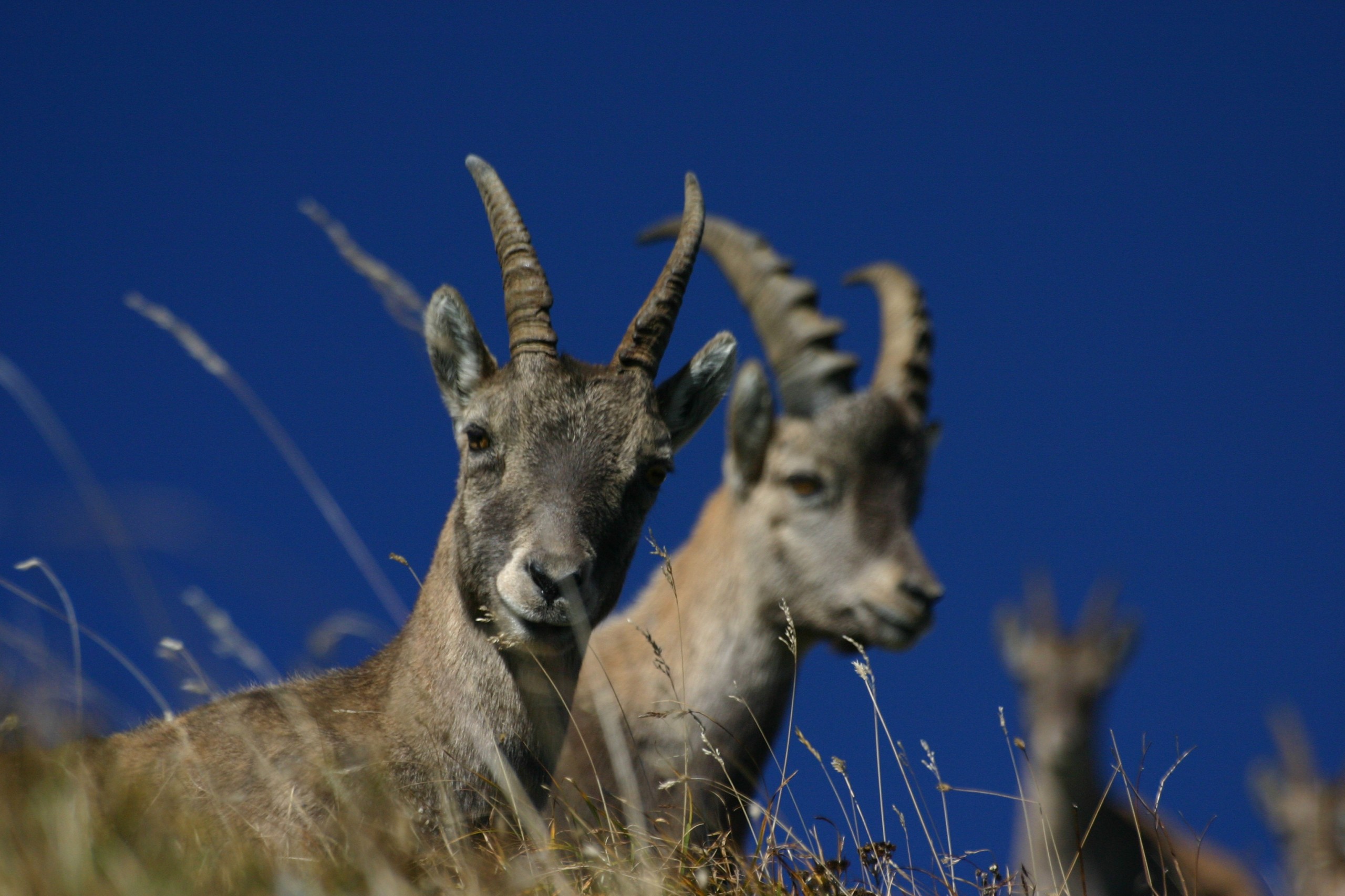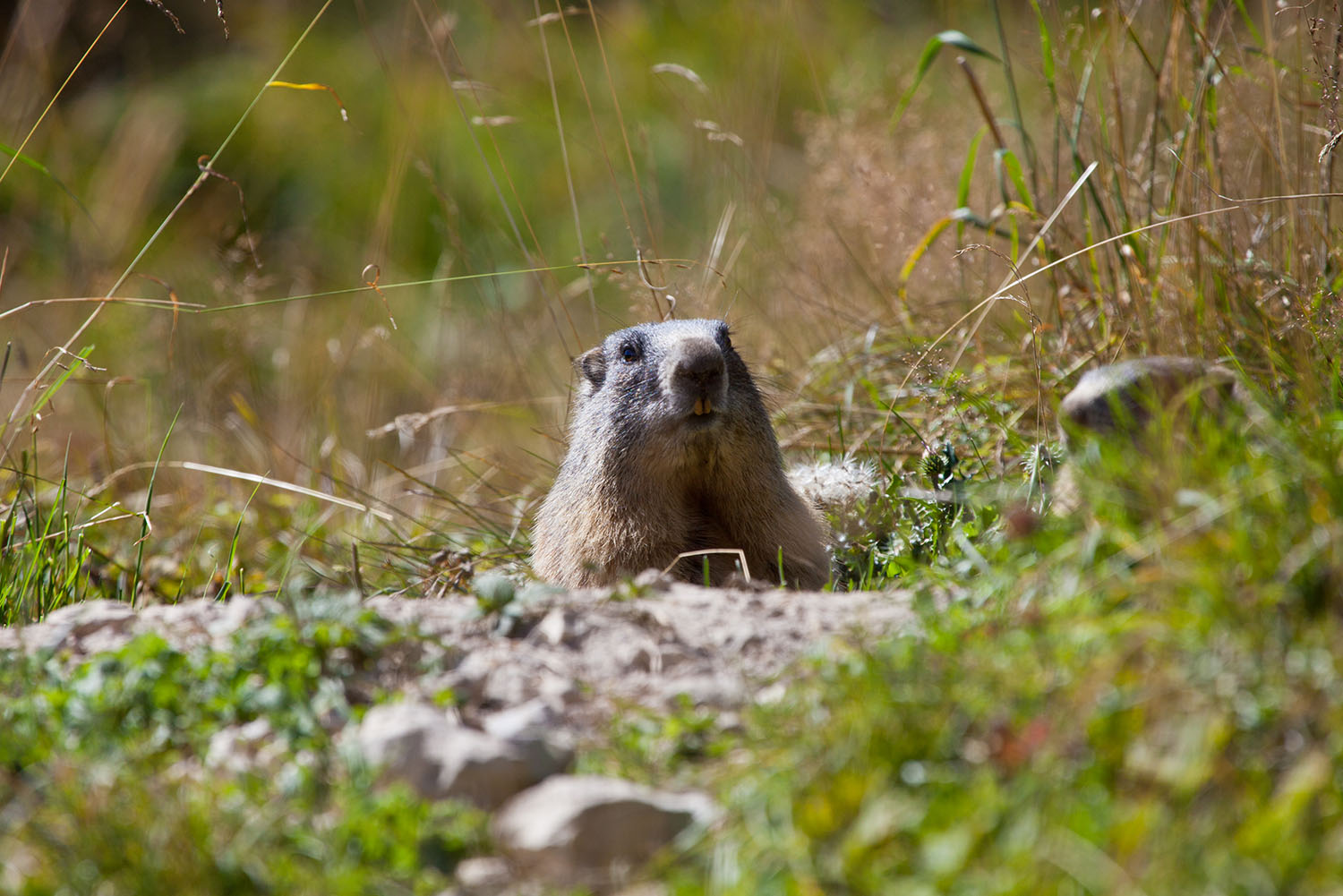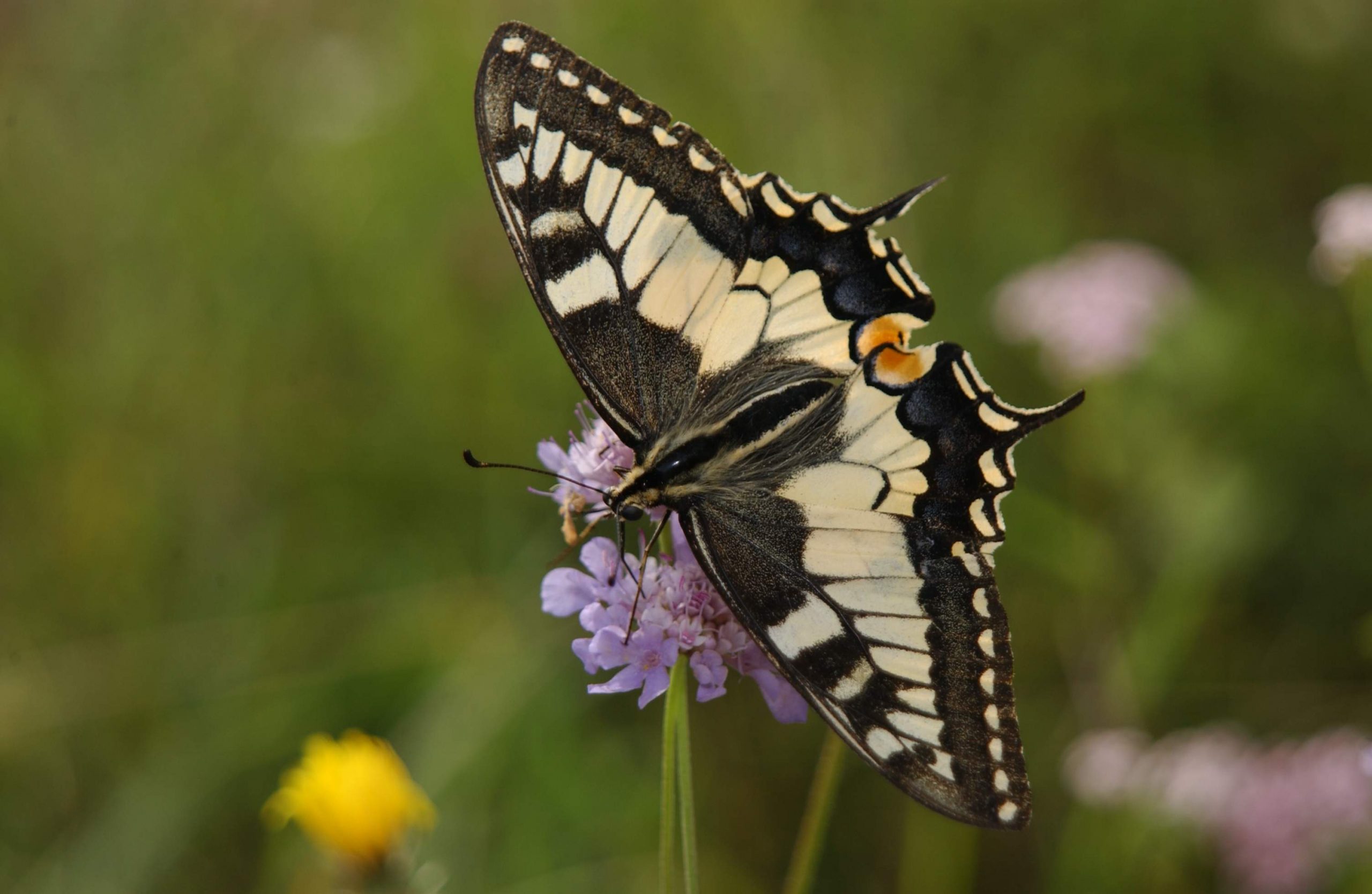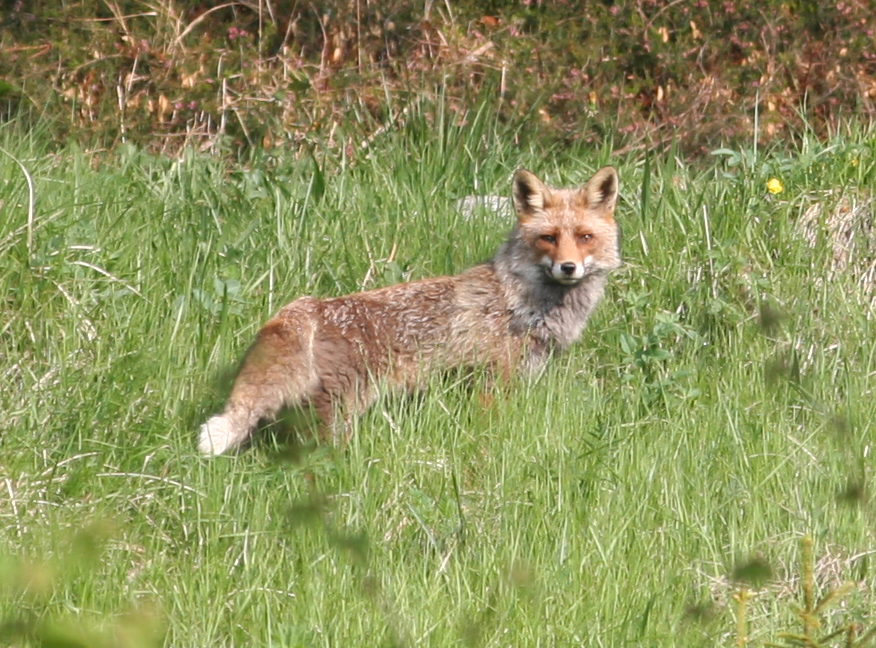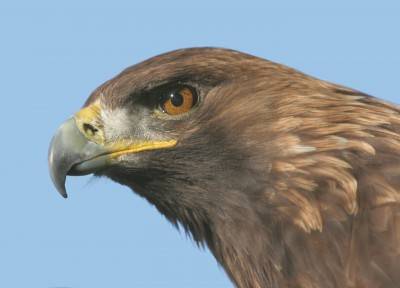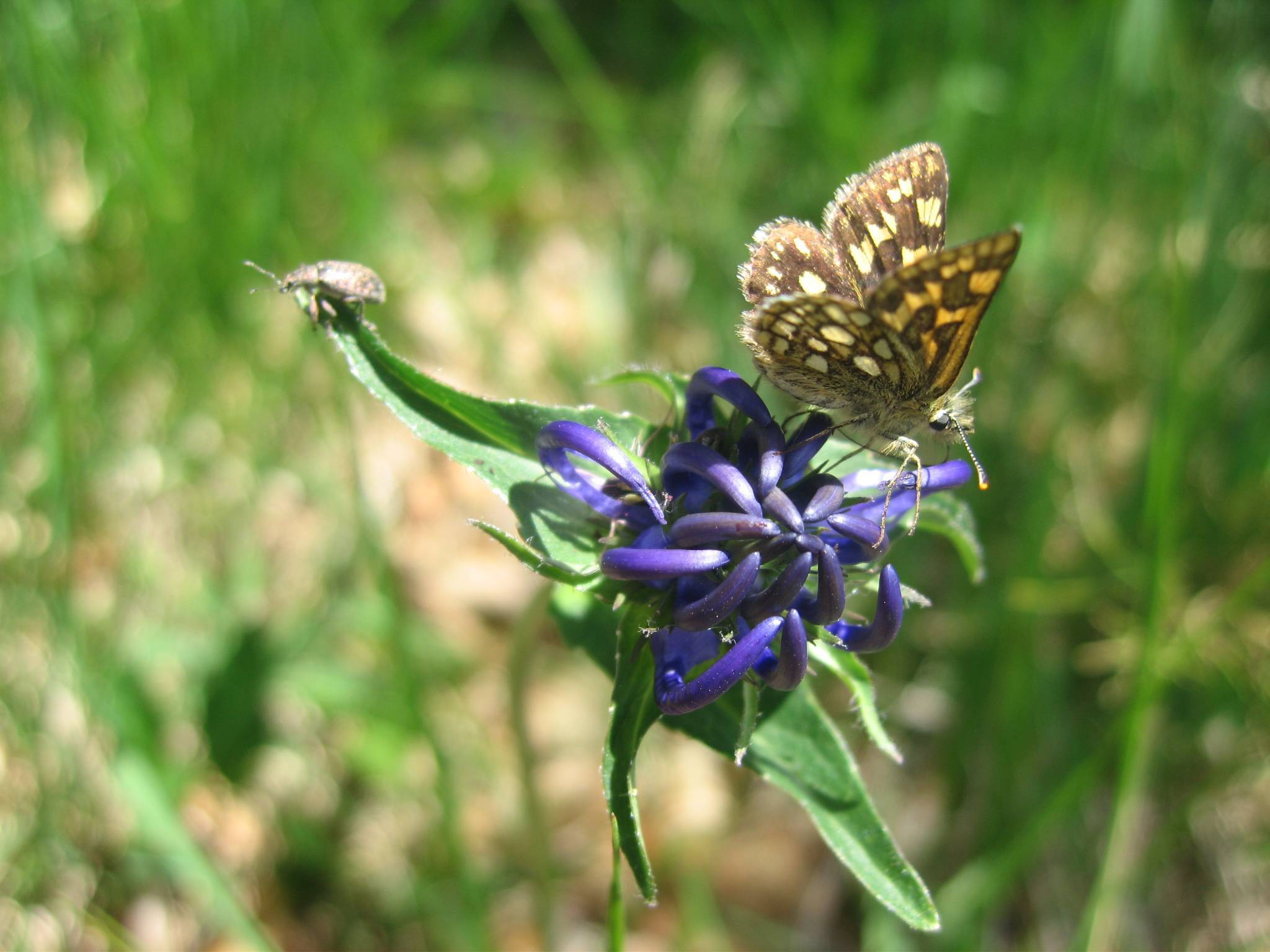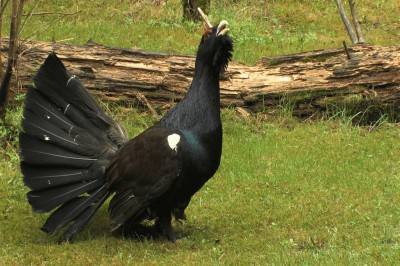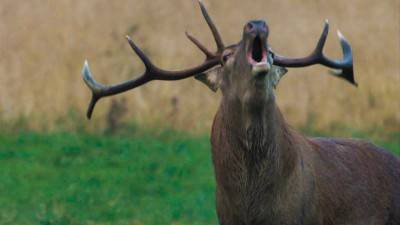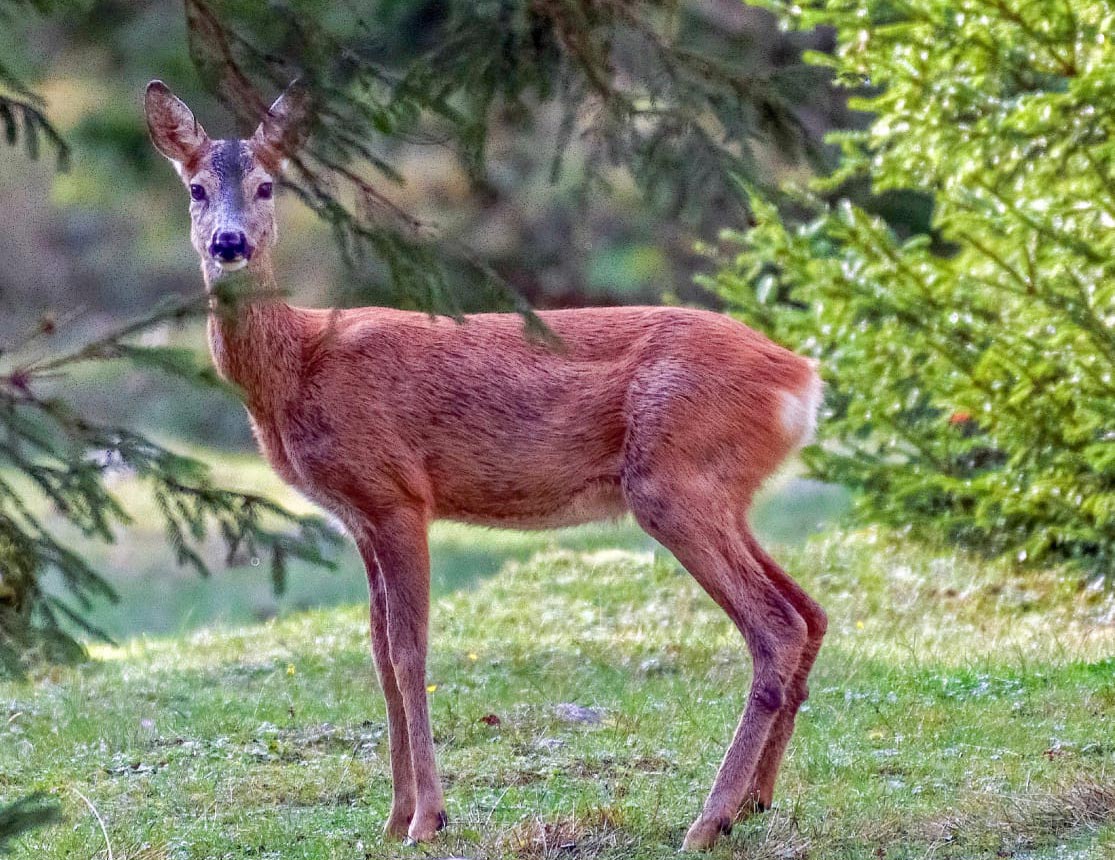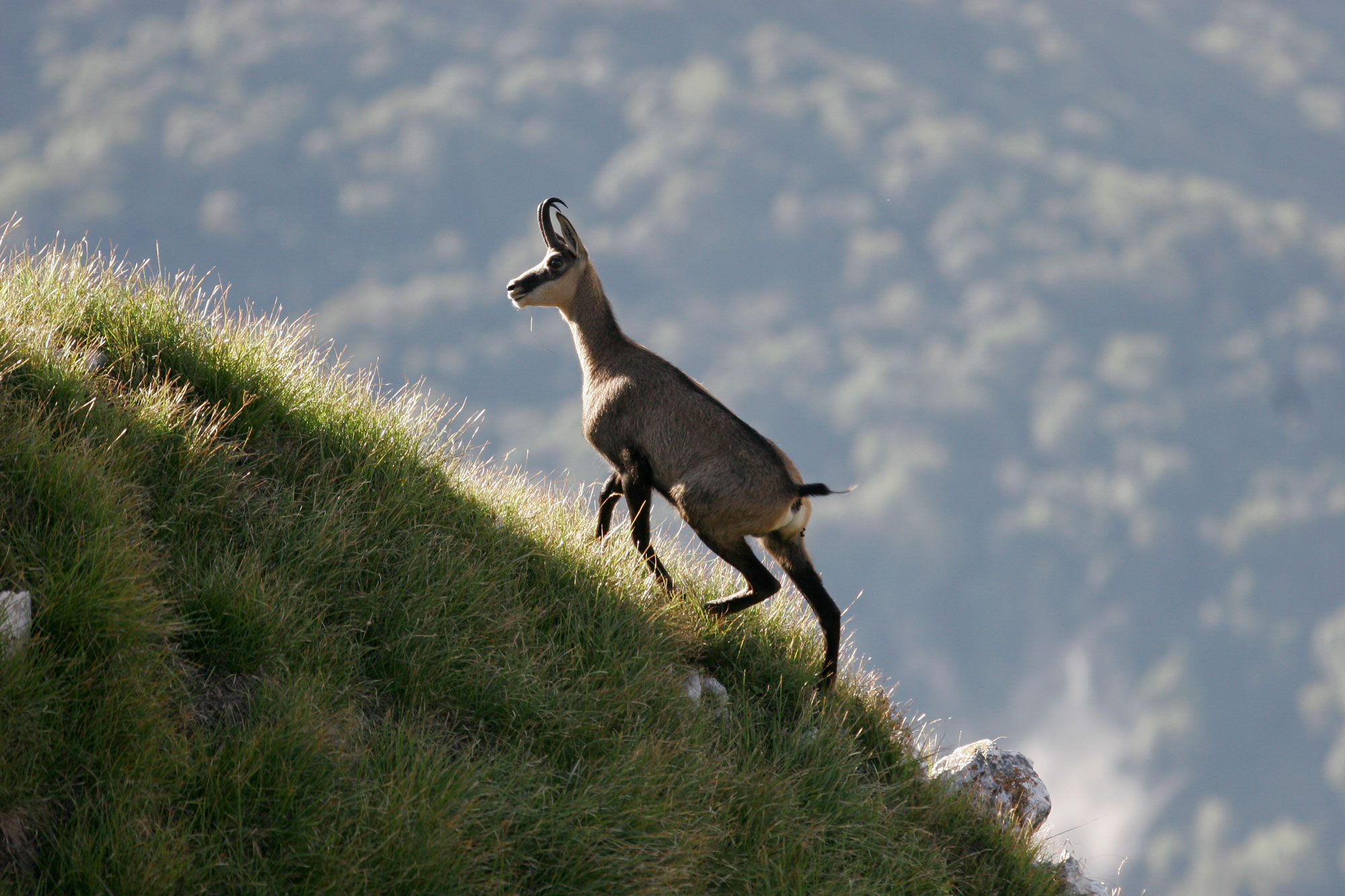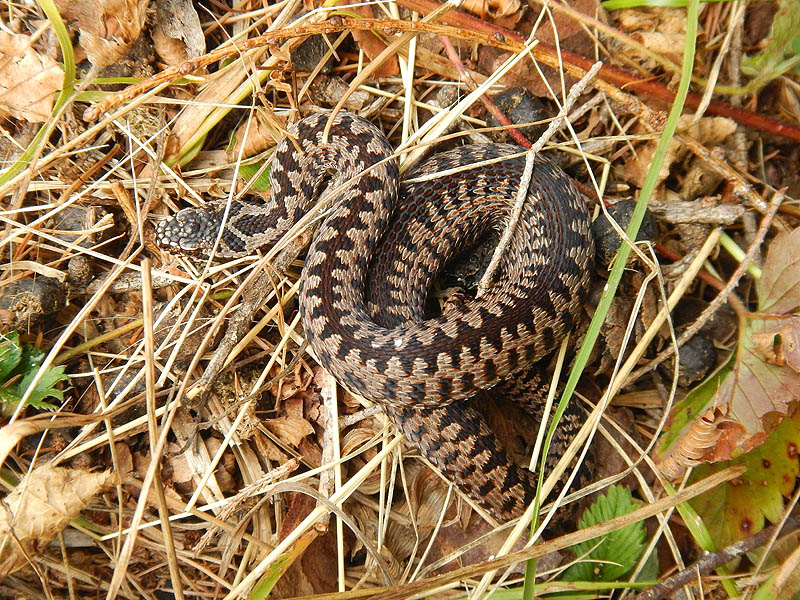Length
- Male: about 60 cm
- Female: about 45 cm
Peso:
- Male: 1,5 kg
- Female: about 1kg
The appearance of this large bird of the grouse family presents a marked sexual dysmorphia: the male has black-dark blue feathers, the wings have a white border and the tail is lyre-shaped and has two red wattles at the base of beak, most noticeable during the mating season; the female does not have wattles and its plumage is dark brown with black stripes and white bars, less eye-catching than that of the male.
In young the sexual differentiation starts at a half months of age, when in males appear dark feathers on the sides and back. At two and a half months the plumage of males becomes brownish except for neck and wings. Young males are distinguished by adults for the black color that is less dark, less brilliant and not very rich in metallic shades, the feathers of the head, neck and upper back have reddish veins and the tail is not as long and forked, the exterior flight feathers are more pointed and stained at the top.
Normally in the Alps the black grouse lives in mixed forests with thick shrub undergrowth. The most characteristic habitat for the black grouse, however, is the treeline forest, between 1,600 and 2,000 meters above sea level, where among few conifers left, now dominate rhododendron, alder and blueberry shrubs. In summer black grouse prefer cool and moist slopes with northern exposure, while in winter, when the temperature drops below -4 ° C, they dig holes about 60 cm long in the snow, in which they defend themselves from the cold and save energy, without moving for most of the day.
The nutrition of the black grouse is very varied: it feeds mainly on buds, leaves, rhododendron and bilberry sprigs, herbs and berries, which are the main part of food consumed throughout the year; in winter, when the shrubs are unavailable as they are covered by snow, the diet is supplemented by pine and spruce needles, gems of mountain ash and alders , larch twigs, rhododendron and other plant leaves. The food of animal origin (butterflies, bees, flies, grasshoppers, worms, ants etc.), available in summer, are very important for the development of the babies and young.
In late April males gather for their typical “nuptial” parades before the mating in places called ‘arenas’, usually with little vegetation and not very steep, where they show off with whistles, hops, small flights and exhibition of their plumage. Throughout the month of May, especially early in the morning or around sunset, it is not difficult to hear the song of the males.
The female builds the nest on the ground, brooding from 6 to 10 eggs and raising the babies without the male help; after 26-27 days the chicks are born and after just 15 days they can already perform short flights even though they are able to fly well only one month after birth.
Moreover after birth chicks stay with their mother until they are self-sufficient. The mating season ends in late May or early June. If there is no disturbance arenas can last and be used for many years.


